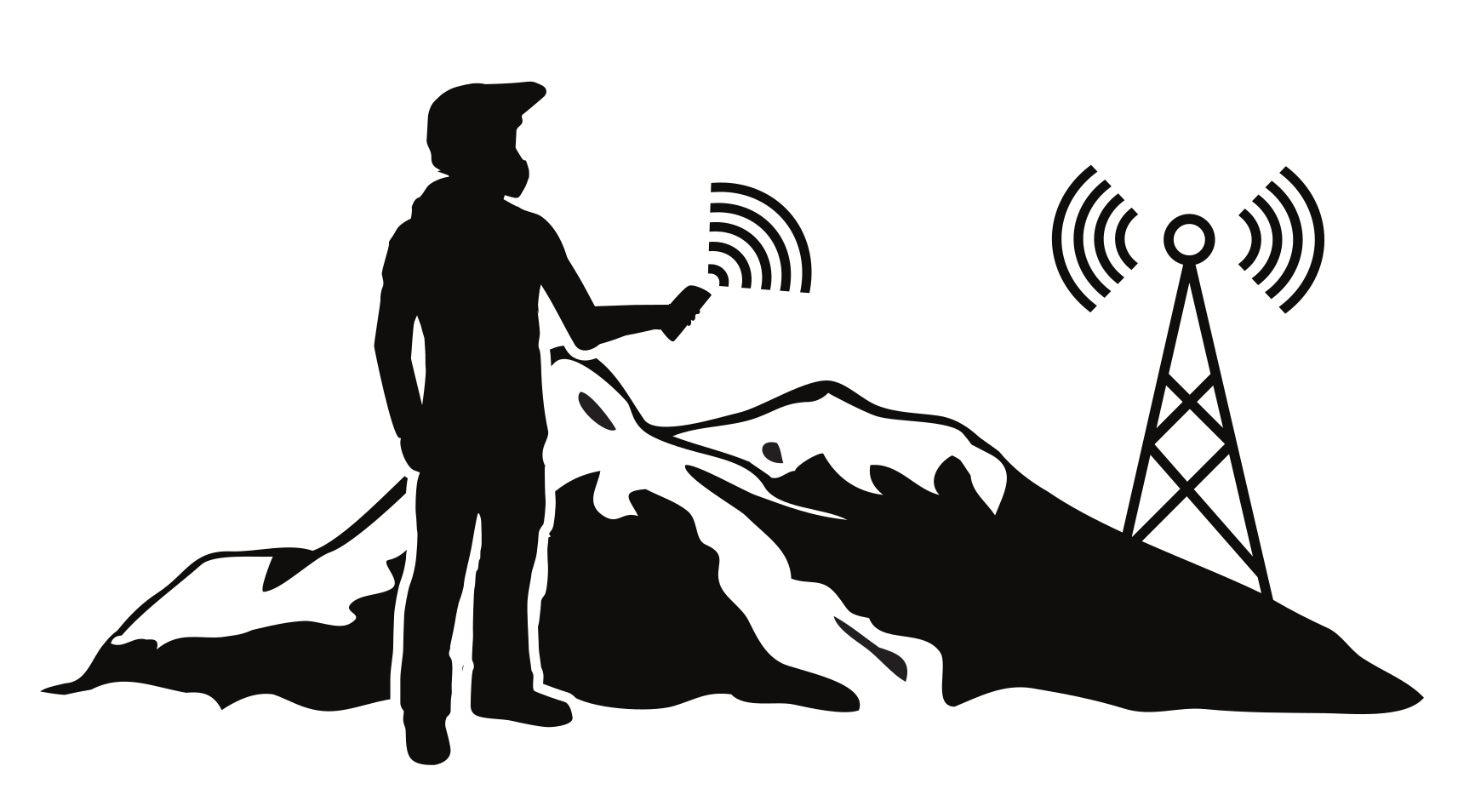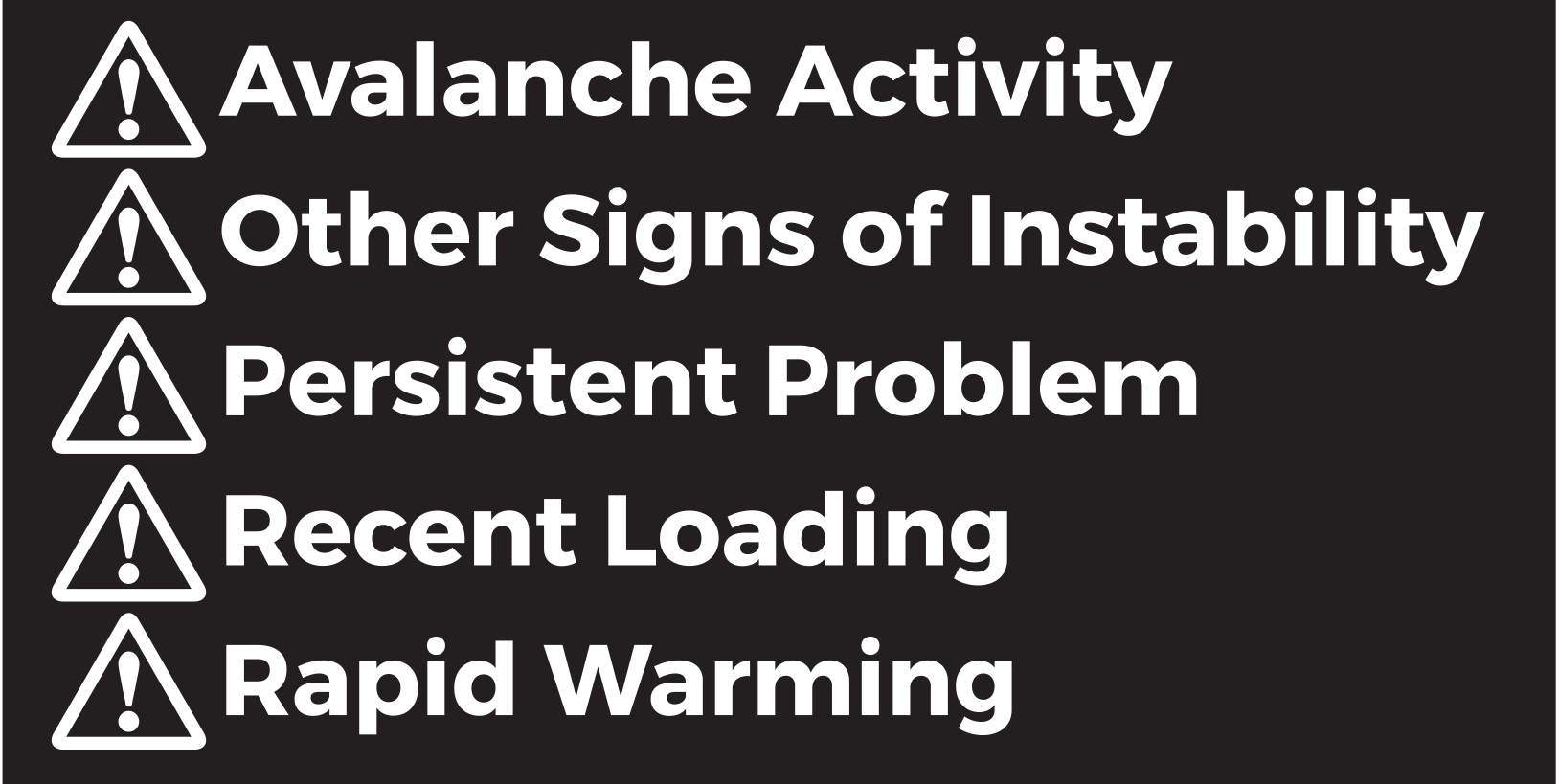

SUBMIT OBSERVATIONS
At the end of the day, find a cell or wifi signal to submit observations to the local avalanche center. Let them know what conditions you observed, using language that you are comfortable with, and/or images and videos. By doing so, you will:
- Continue your learning
- Contribute to the community
Continue Your Learning
Developing the habit of submitting observations teaches you to maintain awareness of conditions in a thoughtful, systematic way so that you can communicate them effectively to the local avalanche center. If the avalanche center makes other public observations available, don’t bias your own submission by looking at them first. Instead, look at them after you submit, and then read the next day's forecast to see how all the observations influenced it. This process will teach you to think about conditions from the forecaster’s perspective. Your observations will become more valuable, and over time you’ll gain better appreciation and understanding of how weather, snowpack, and avalanches relate to each other.
Don’t feel obligated to use technical or unfamiliar terminology in your submission. Doing so can short circuit your own learning process, and doesn’t benefit anyone else. Use language that you’re comfortable with, that most accurately communicates what you observed. To improve your avalanche-specific language, you can use the avalanche encyclopedia hosted by the American Avalanche Association and the National Avalanche Center.
Contribute to the Community
Most avalanche centers cover a broad region, with limited resources. The forecasting process is data driven, and every bit of data contributes to the whole and has the potential to be valuable. Submissions need to be timely, so make them before the end of the day.
Some avalanche centers have a specific format for submitting observations, and others have open formats or accept email reports. Follow the preferred format, but consider organizing your thoughts using the Conditions Alerts checklist. Don’t feel the need to address every bullet point below. Keep your submission simple and accurate. If your group has lots of valuable information to contribute, you can share the load, but otherwise only one person from the group should submit observations to avoid confusion.

Avalanche Activity:
- Location should be specific with a named landmark or lat/long coordinates in case the forecasters choose to investigate. Also include elevation and aspect. If you saw more than one, approximate the number and generalize the elevations and aspects.
- Timing can be hard to estimate for previous avalanches, but do your best.
- Were they naturally or human triggered? Previous avalanches may have had tracks as clues. If you saw current avalanching, you should know the trigger. For unintentional avalanches, was anyone caught or buried? Include test slopes that produced avalanches.
- Estimate the size and slope angle. Size can include the destructive potential (D1, D2, etc.), and the dimensions including depth, width and length of the avalanche.
- Specify the weak layer, if known. Was it on a weak layer that the forecast center has been tracking?
Other Signs of Instability:
- If test slopes produced shooting cracks, on what weak layer, and at what elevations and aspects?
- Did you experience snowpack collapse (whumpfing)? Where?
- Briefly describe any formal test results, including the locations they were performed and the weak layers tested.
- Briefly describe any informal tests, including locations.
Persistent Problem:
- Did you find any facets or surface hoar?
- How far down from the surface were they, or how far above the ground?
- For identification purposes, include information about nearby crusts or other distinct layers.
- Describe the elevations and aspects where you found them, and where you looked but didn’t find them.
Recent Loading:
- Estimate recent snowfall that fell prior to your arrival at the trailhead.
- Estimate total snowfall or rain that fell while you were out, including trends in rates or type of precipitation. What was the timeframe of this observation?
- Describe distribution patterns of recent wind loading prior to your arrival, and rates and distribution patterns of active wind loading while you were out.
Rapid Warming:
- When you started the day, was there evidence that temperatures remained above 32° the previous night? Did you observe temperatures climb above 32° for the first time in a while, or climb above 32° very quickly?
- Did you observe or did you trigger any roller balls? Did they entrain additional snow, or remain relatively harmless? Include the elevations and aspects, and the time of the day.

















